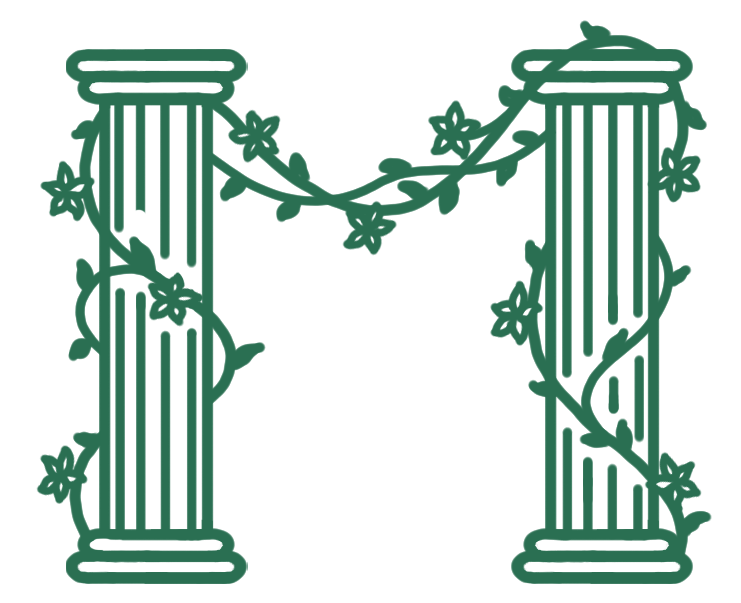Middle Ages
@ Middle ages (V Century – XV Century)
- + –
@ Medieval Islam(786-1258.)
- + – Commentary
- Philosophy
- Science
- Methods
- @ Muhammad ibn Musa al-Khwarizmi (c.850)
- Álgebra
- Introducción del sistema posicionál
- Aritmética
- Trigonometría
- Astronomía
- @ Abū Kāmil Shujāʿ ibn Aslam (c. 850 – c. 930)
- Numeros irracionales en álgebra
- @ Avicena
- @ Maimónides
- @ Omar Khayyám 18 May 1048 – 4 December 1131
- Ecuaciones de tercer grado
- @ Abū Sahl al-Qūhī 988 AD
- Centro de gravedad
- Geometría de cónicas
- @ Abu al-Wafa’ Buzjani (10 June 940 – 15 July 998)
- Trigonometría esférica
- Uso de números negativos
- Avances en trigonometría
- @ Jamshīd al-Kāshī (c. 1380 Kashan, Iran – 22 June 1429
- Ley de cosenos
- @ Medical
- Astronomy
- Mathematics
- Algebra
- + –
@ Muhammad ibn Musa al-Khwarizmi (c.850)
- The Compendious Book on Calculation by Completion and Balancing
- Algorithms
- + –
@ Abū Kāmil Shujāʿ ibn Aslam (c. 850 – c. 930)
- Use of irrational numbers in Algebra
- Solving equations up to x^8
- Solutions to simultaneous equations
- Rule of signs for expanding multiplication
- + –
@ Omar Khayyám 18 May 1048 – 4 December 1131
- Solution of Cubic equations
- Geometric Algebra
- Binomial theorem
- + –
@ Jamshīd al-Kāshī (c. 1380 Kashan, Iran – 22 June 1429
- iterative method for solving cubic equations,
- + –
@ Muhammad ibn Musa al-Khwarizmi (c.850)
- Arithmetic
- + –
@ Muhammad ibn Musa al-Khwarizmi (c.850)
- Codification of indian numerals
- @ Positional notation for numbers
- Algorithms
- + –
@ Abu al-Wafa’ Buzjani
- First instance of use of negative numbers
- + –
@ Jamshīd al-Kāshī (c. 1380 Kashan, Iran – 22 June 1429
- Computation of 2PI
- Decimal fractions
- + –
@ Muhammad ibn Musa al-Khwarizmi (c.850)
- Trigonometry
- + –
@ Muhammad ibn Musa al-Khwarizmi (c.850)
- Acurate Sine and Cosine tables
- First table of Tangents
- + –
@ Abu al-Wafa’ Buzjani
- introduced the secant and cosecant functions
- + –
@ Muhammad ibn Musa al-Khwarizmi (c.850)
- Algebra
- Technology
- Literature
- Music
- Figurative Arts
- + –
Medieval Europe
- + –
Commentary
- Societal structures
- + –
Proto-Science/Science
- + –
Proto-Science
- + –
Religion
- Theology(s)
- Practice
- Broad Know How
- Folk wisdom
- Vision of the universe
- + –
Religion
- + –
Science
- Mathematics
- Geometry
- Physical Science
- Medicine/biology
- Philosophy
- + –
Proto-Science
- Historians
- Technology
- Science
- Philosophy
- Catholic Philosophy
- Founders
- The Religious development of the Jews
- Cristianity first four centuries
- Saint Ambrose
- Saint Jerome
- Saint Agustine
- fifth and sixth cemturies
- Saint Benedict
- Saint Gregory
- @ Scolastics
- Founders
- Catholic Philosophy
- Logic
- Propositional Logic
- Pierre d’Abellard
- Propositional Logic
- Literature
- Figurative Arts
- @ Secular Music
- Instruments
- Notation
- @ Goliards
- Bizantium
- @ Motetes
- @ Trovadours
- Chanson
- @ Music of the Trecento (Italy)
- + – Rossi Codex
- + – Francesco Landini
- + – Lorenzo da Firenze
- + – Jacopo da Bologna
- @ Medieval Lute and Vihuela
- @ Love song (Arani Zoltan)
- @ Karolina Kantelinen
- @ Hispano-Arabic muwashshaha
- @ Carmina Carolingia
- SacredMedieval music
- @ Bizantium
- @ Hildegard von Bingen
- @ Pope Gregory I
- @ Notre Dame School
- Leonin
- Perotin
- + – @ Montpellier codex
- + – @ Bamberg Codex
- @ Las Huelvas Codex
- @ Cantigas de Santa Maria
- Cristobal de Morales
- Tomas Tallis
- @ Middle Ages Online
- + –
Commentary
